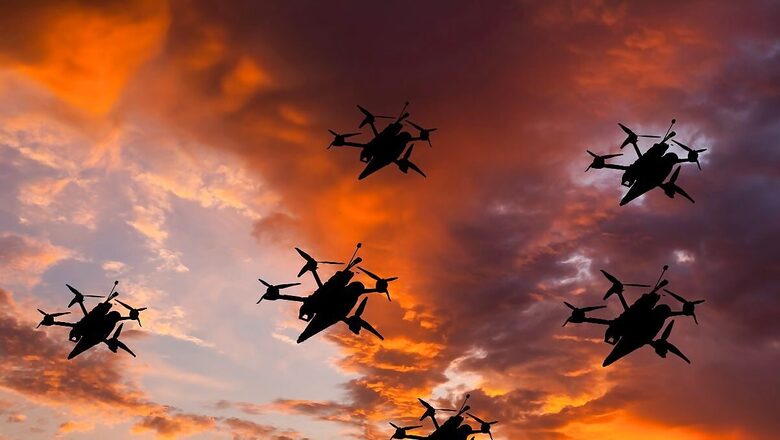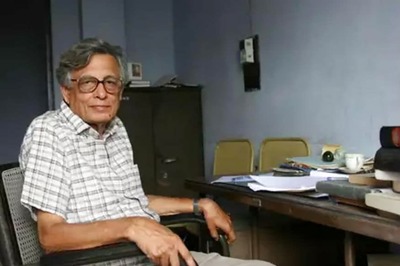
views
The Indian Army is stepping up its defences against the increasing threat posed by Unmanned Aerial Systems (UAS) with a range of new countermeasures. While it has already deployed various radars, Integrated Drone Detection Systems, and advanced weaponry, the military is now seeking to bolster its defences further with the acquisition of sophisticated Anti-UAS High Power Microwave (AUHPM) systems.
The latest Request For Information (RFI) issued by the Indian Army indicates an upgrade in their counter-UAS strategy. The RFI calls for the procurement of the Anti-UAS High Power Microwave (Mk II) System, which is expected to offer advanced surveillance, detection, and tracking capabilities. The system will feature a microprocessor for precise targeting solutions and a High Power Microwave weapon system capable of either “hard kill” (destruction) or “soft kill” (disruption) operations.
The document specifies that the army seeks systems with at least 50 per cent indigenous content, also reflecting a push towards aatmanirbharta (self reliance) in defence technology.
UAS, A Bigger Threat
Recent global events have highlighted the growing importance of UAS in modern warfare.
In April 2024, Iran launched a major drone attack against Israel, deploying over 170 drones in one of the largest such attacks in military history. Israel’s effective countermeasures were notable. Similarly, in the ongoing conflict between Ukraine and Russia, UAVs and drones have been extensively utilised.
India’s national security needs utmost priority as both of its neighbouring adversaries, Pakistan and China, advance their drone technologies. China already possesses substantial counter-UAS capabilities, while Pakistan is also ramping up its drone production and countermeasures. Both countries have developed a variety of UAVs with Pakistan taking help of China for the same.
The Challenge
Experts have pointed out that while larger UAS systems like MQ-9 and Bayraktar TB2 are relatively easier to detect and engage, smaller drones present a more challenging target due to their size.
Countermeasures for such platforms include jamming and spoofing (soft kill) and destruction (hard kill). However, each strategy has its challenges. For instance, jamming an entire frequency band can disrupt other operations, while spoofing faces technical hurdles like powerful encryptions. Hard kill methods, although seemingly straightforward, require range, precision, and advanced systems.
A Combined Approach: Soft and Hard Kill
“Successfully countering these threats requires a combination of both soft and hard kill strategies,” said a senior defence official.
Countries like Russia and Ukraine have effectively employed a mix of hard and soft kill strategies in their ongoing conflict. Systems like Krashuka, Leer-3, Repellent-1, and Pole 21 are renowned for successful jamming and spoofing, while net guns, high-energy lasers, and HPM devices are used to destroy targets.
India’s Preparedness
India currently possesses systems to counter UAS threats but is continuously upgrading and modifying them to address the advanced capabilities of modern drones.
“We have measures in place, but we are also seeking upgrades. For example, we are exploring smart ammunition for our guns, such as pre-fragmented rounds. Work is ongoing in this direction. Our Integrated Drone Detection System (IDDS) and Drone Kill System (DKS) are operational, but we must stay ahead of evolving threats,” the official added.
The Indian military is focused on integrating both soft and hard kill solutions. Both the Indian Army and Air Force are responsible for air defence, and integrating advancements will enhance their ability to counter aerial threats. The need for hybrid systems and a Common Air Defence Tracked Platform (CADET) is critical.
“We are seeking HPM systems with a range of no less than 5 km. The system should operate in various terrains, including high altitudes up to 4,500 metre, plains, deserts, and coastal areas. We have provided flexibility in design and operational scope, but our fundamental requirements are clear — we want the best systems available,” the officer concluded.














Comments
0 comment